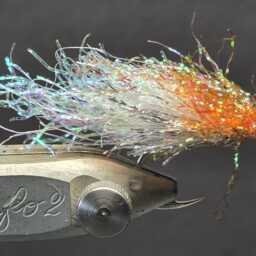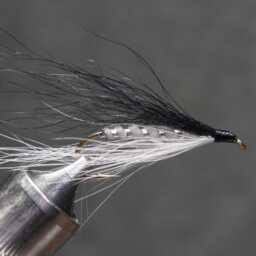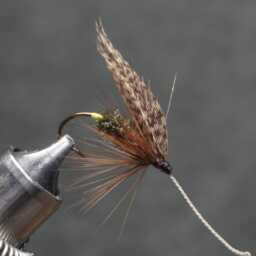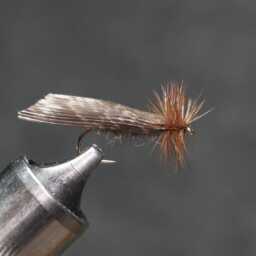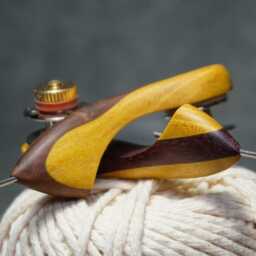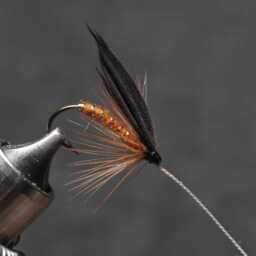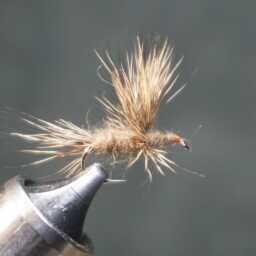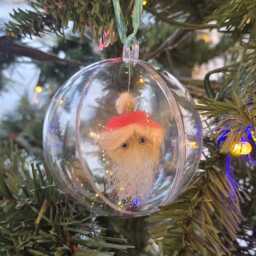Not it commonly used in fly tying. However these ducks are almost identical to mallards and can be used like wise.
The Rouen is a French heavyweight domesticated duck primarily bred for meat, exhibition, or as general-purpose ducks. Originating before the 19th century, Rouens are known for their plumage, which closely resembles that of Mallard ducks.
Appearance:
Males: Dark yellow bills, green heads, white collars, black tail coverts, ashy brown tail feathers, dark gray upper back, light gray lower body, deep claret breast, and bright orange legs/feet.
Females: Mahogany brown with brown crown, tan eye-stripes, and detailed penciling on feathers. Can be darker than Mallard females. Blue speculum feathers, brighter and larger than Mallard’s.
Size:
Adult Rouen ducks are larger and heavier than Mallards. Two types in North America:
Production variety: 6–8 lbs. (2.7–3.6 kg) with a more upright carriage.
Standard-bred variety: 9–12 lbs. (4.1–5.4 kg) with a more horizontal carriage and blockier body.
Ducklings:
Rouen ducklings closely resemble Mallard ducklings but can be distinguished by a second stripe below the eye, while Mallard ducklings have only one across the eye.
Behavior and Characteristics:
Docile and lethargic nature.
Larger bodies inhibit sitting on nests, leading to egg-crushing in exhibition types.
Slower maturation (6-8 months) compared to other duck breeds.
Often compared to Pekin or Aylesbury breeds for size and egg production; Rouen is favored for its ease of fattening and delicate meat.
« Back to Glossary Index
